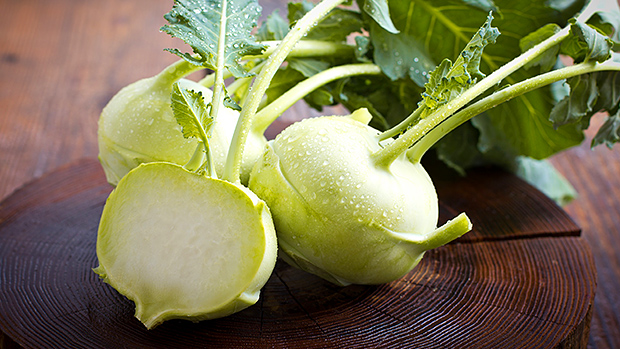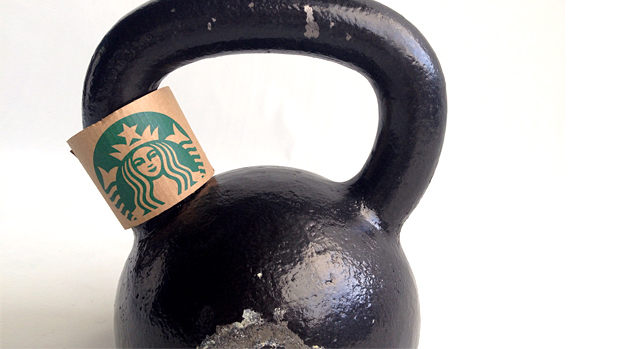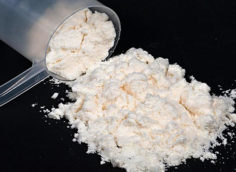Cruciferous vegetables like broccoli, cauliflower, cabbage, brussels sprouts, and kohlrabi are nutrient dense. One compound that's found in cruciferous vegetables, glucobrassicin, gets broken down and converted to Indole-3-Carbinol (I3C). I3C then gets rapidly converted into various other metabolites which have potent effects on hormonal balance.
I3C affects the hormonal activities of our body by impacting both estrogen receptor activity and estrogen metabolism. Namely, I3C has been shown to increase estrogen C2 hydroxylation.
When estrogen is broken down in the body, before excretion a hydroxylation occurs. (This is a chemical process where a hydroxyl group is added to a ring structure.) Why is this important? Estrogen is typically hydroxylated at the C2 or C16 ring structures, and in lesser amounts at the C4 ring structure.
Estrogen can be beneficial for a number of cellular activities, but if the ratio gets too high (or too low) there can be serious health consequences. When estrogens are metabolized along the C2 pathway into 2-hydroxylated estrone and estradiol, they lose much of their estrogenic activity. C4 and C16 hydroxylated estrone and estradiol have higher estrogenic activity.
Some studies have linked the ratio between hydroxylated estrogen metabolites and the likelihood of cancer, with those containing higher concentrations of the C2 pathway being associated with a lower risk and vice versa for the C16 pathway.
In one study, urine samples were collected before and after oral administration of I3C (6-7 mg/kg per day), over the course of one week for males and two months for females. The results showed that for both genders I3C significantly increased urinary excretion of C-2 estrogens. The urinary concentrations of estrogen metabolites like estradiol, estrone, and estriol were lower after treatment.
This indicated that I3C consumption could decrease concentrations of metabolites that activate estrogen receptors in the body. In the case of women, several other studies using dosages typically in the 300-400 mg range have also shown that oral administration of I3C alters urinary estrogen metabolite profiles with elevated levels of 2-OH estrone:estriol being present.
One way you can increase your intake of I3C is by eating more cruciferous vegetables. Half a cup of cruciferous vegetables can have anywhere between 20 to 389 mg of I3C, with cress having as high as 389 mg and Chinese cabbage having around 20 mg.
- Muti P et al. Estrogen metabolism and risk of breast cancer: a prospective study of the 2:16alpha-hydroxyestrone ratio in premenopausal and postmenopausal women. Epidemiology. 2000 Nov;11(6):635-40. PubMed.
- Michnovicz JJ et al. Changes in Levels of Urinary Estrogen Metabolites After Oral Indole-3-Carbinol Treatment in Humans. J Natl Cancer Inst. 1997 May 21;89(10):718-23. PubMed.
- Michnovicz JJ. Increased estrogen 2-hydroxylation in obese women using oral indole-3-carbinol. Int J Obes Relat Metab Disord. 1998 Mar;22(3):227-9. PubMed.
- Bradlow HL et al. Long-term responses of women to indole-3-carbinol or a high fiber diet. Cancer Epidemiol Biomarkers Prev. 1994 Oct-Nov;3(7):591-5. PubMed.
- McNaughton SA et al. Development of a food composition database for the estimation of dietary intakes of glucosinolates, the biologically active constituents of cruciferous vegetables. Br J Nutr. 2003 Sep;90(3):687-97. PubMed.





